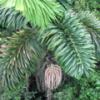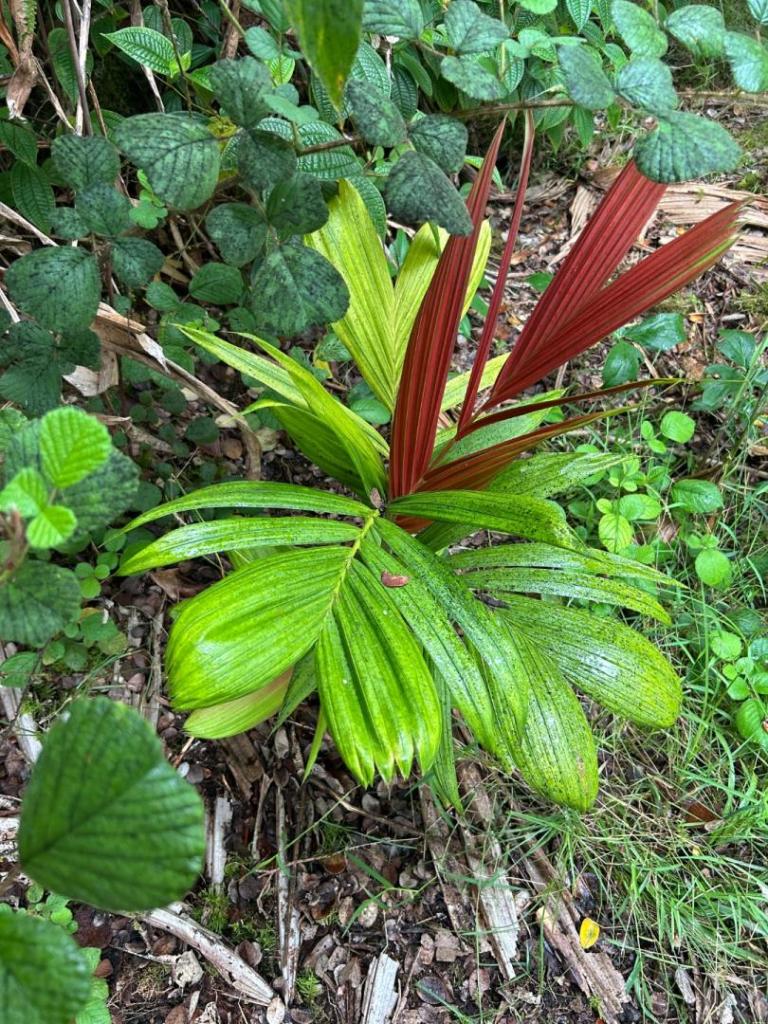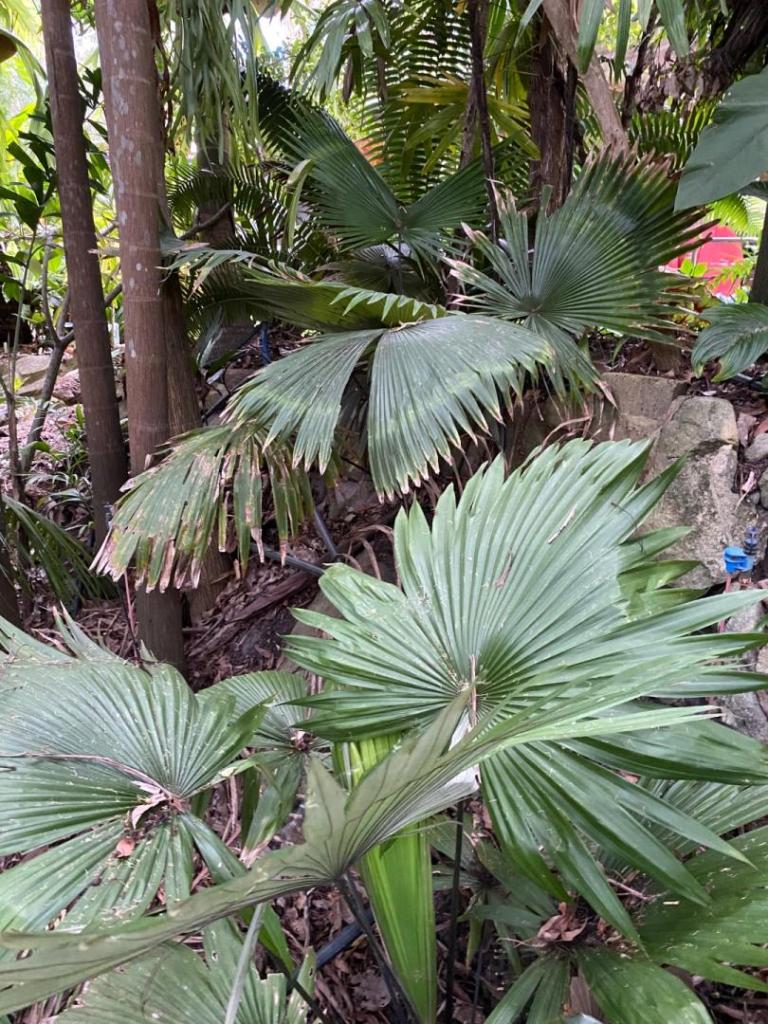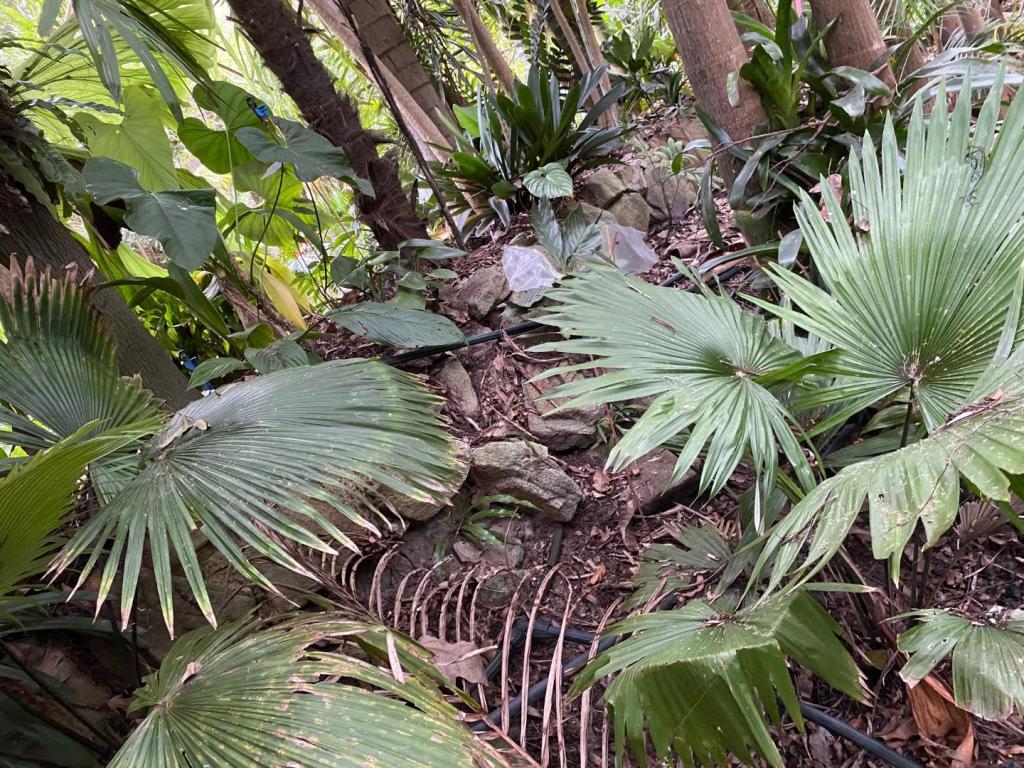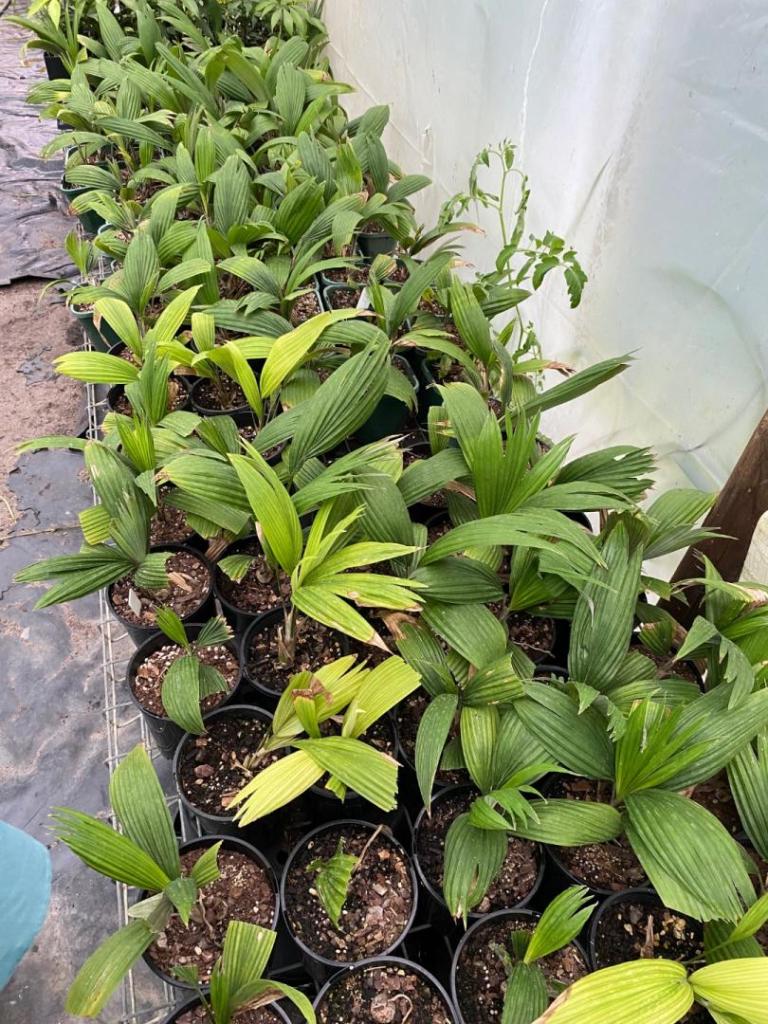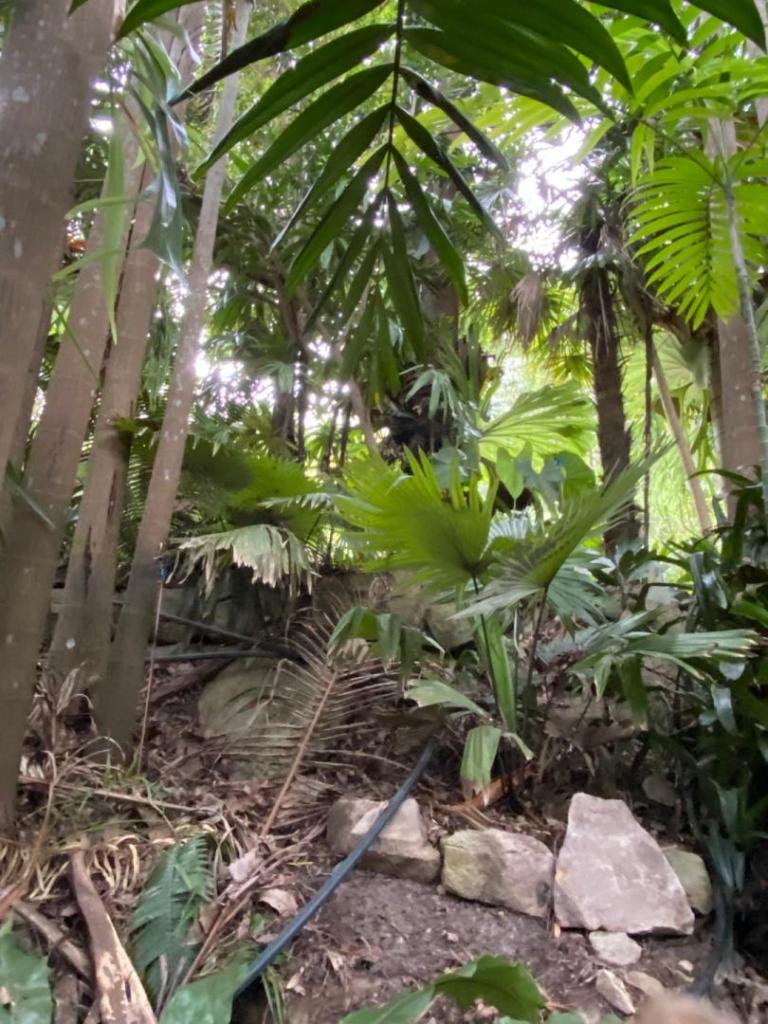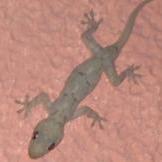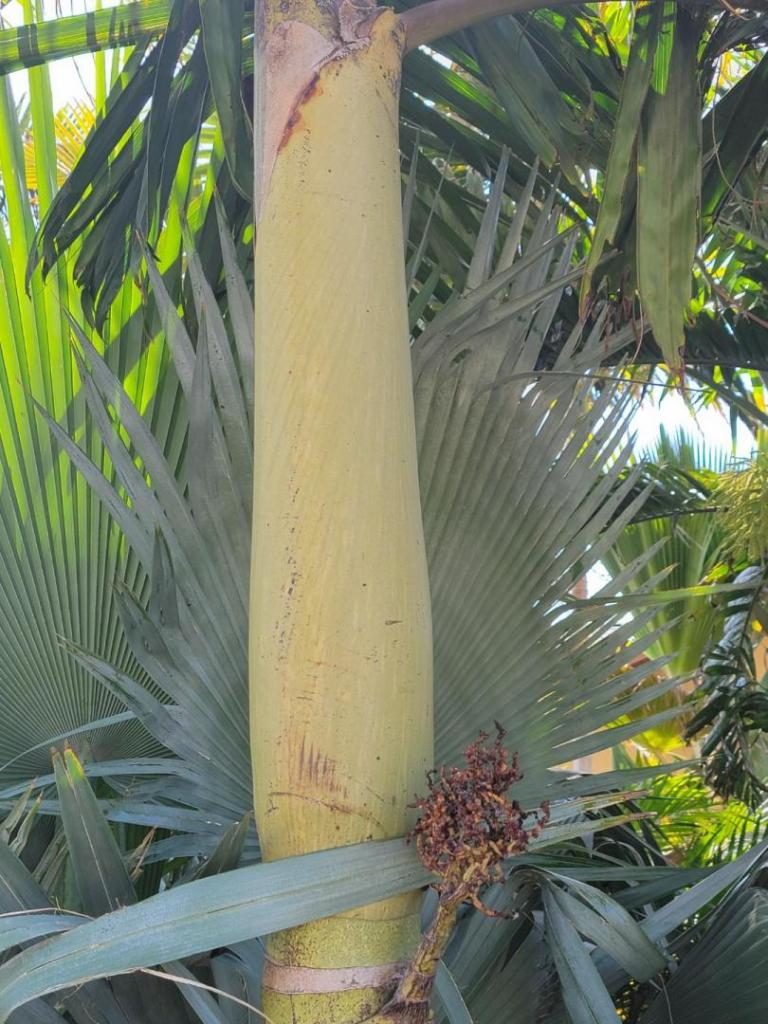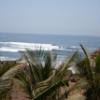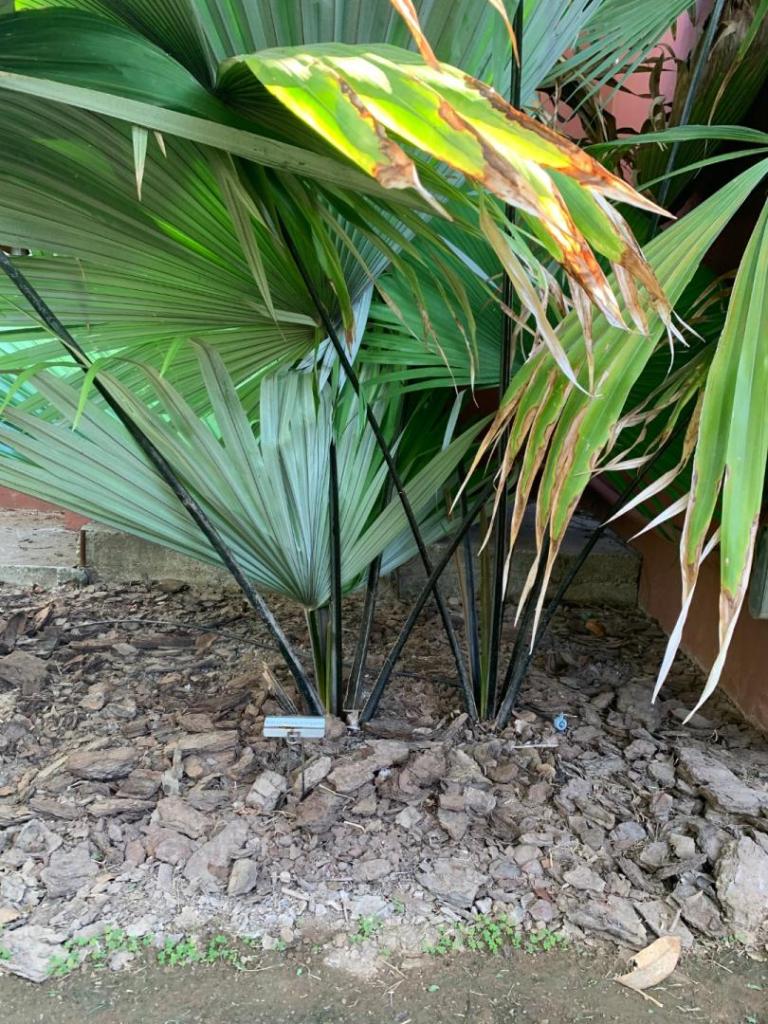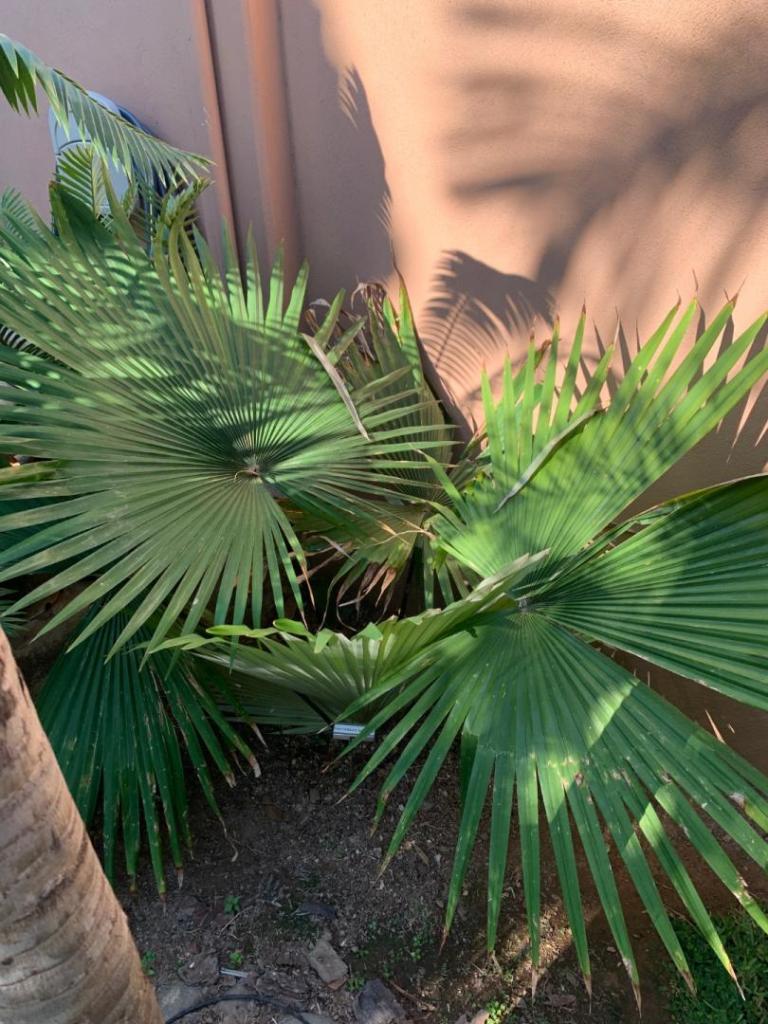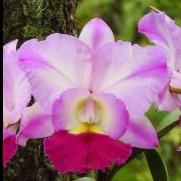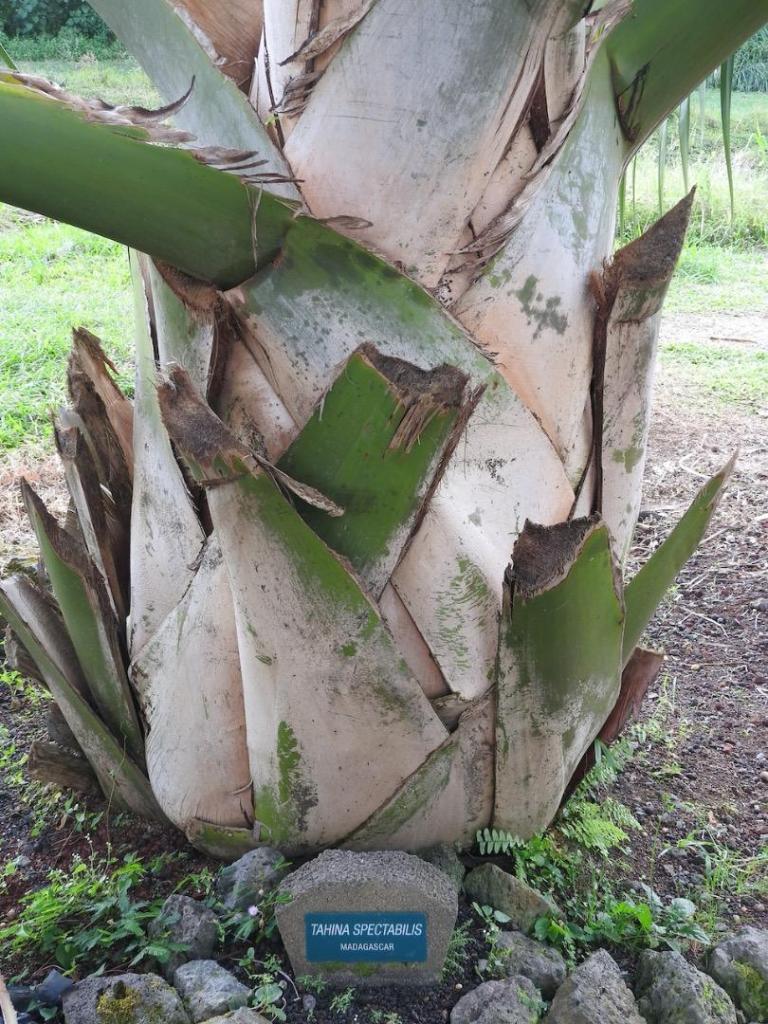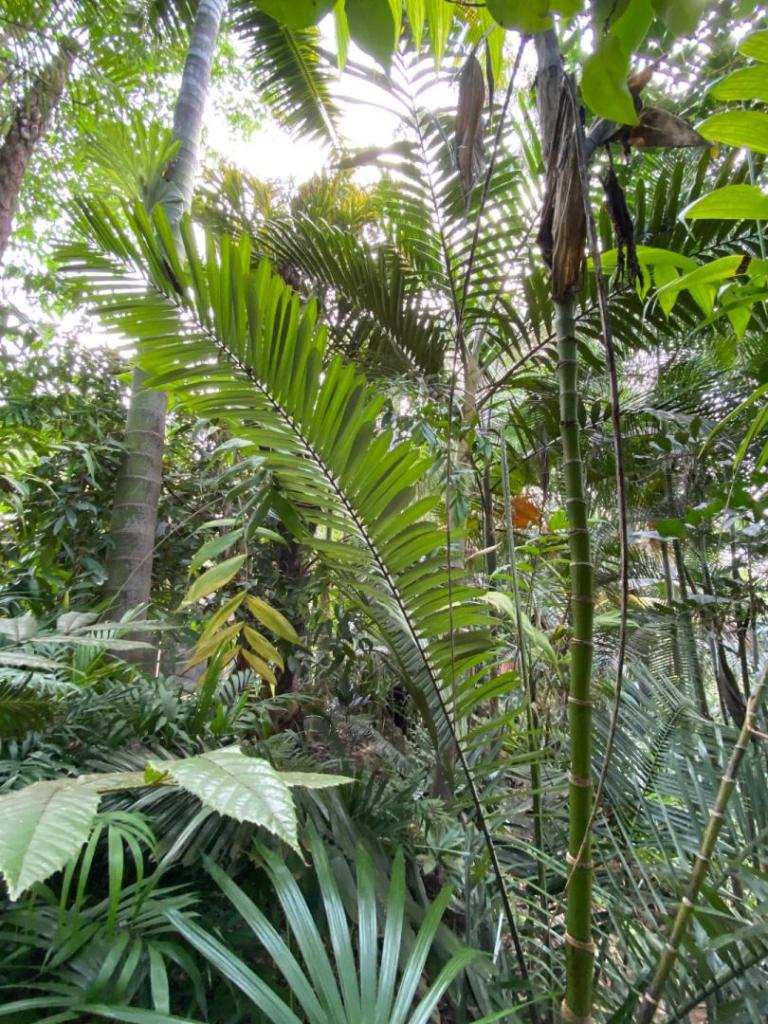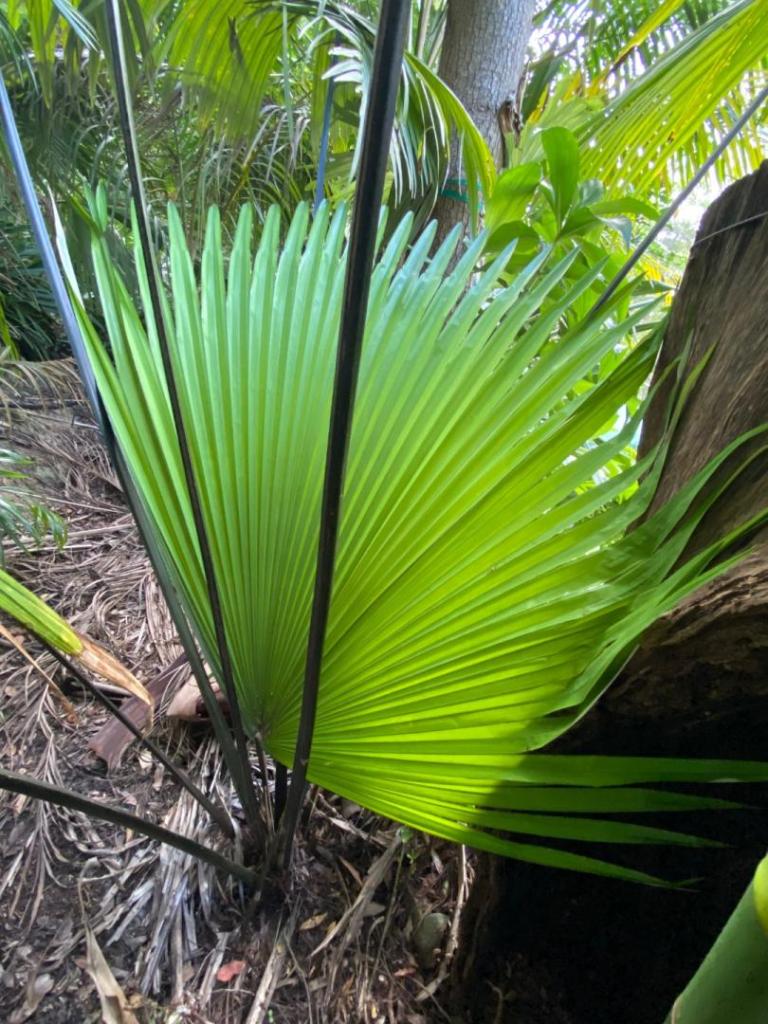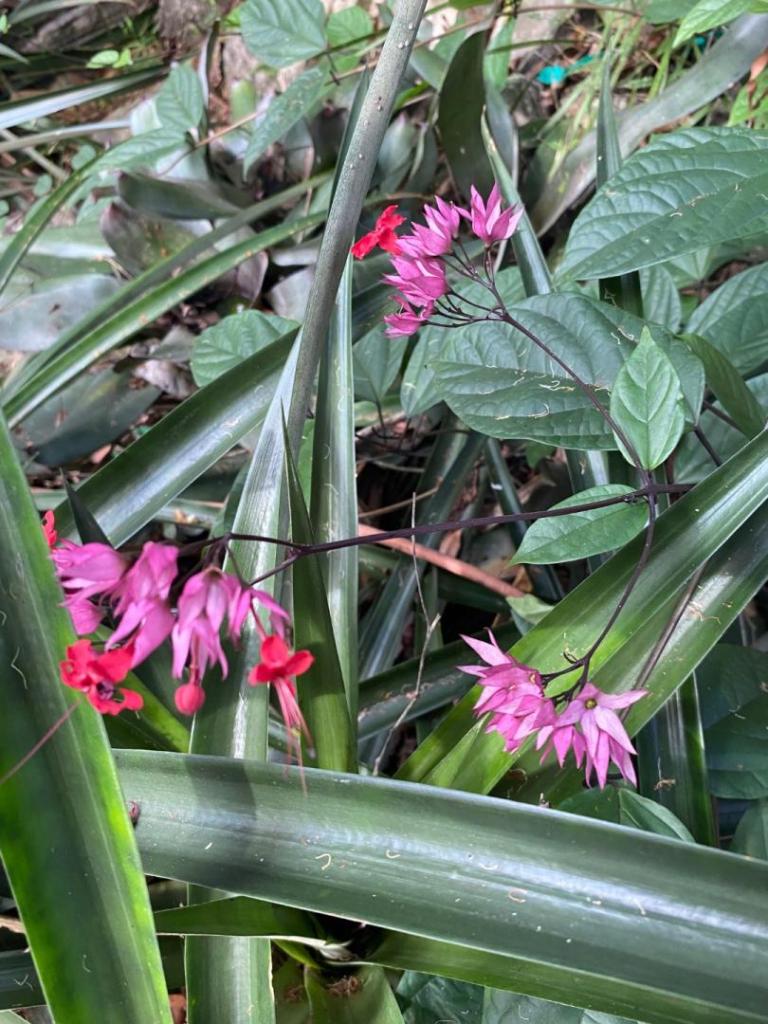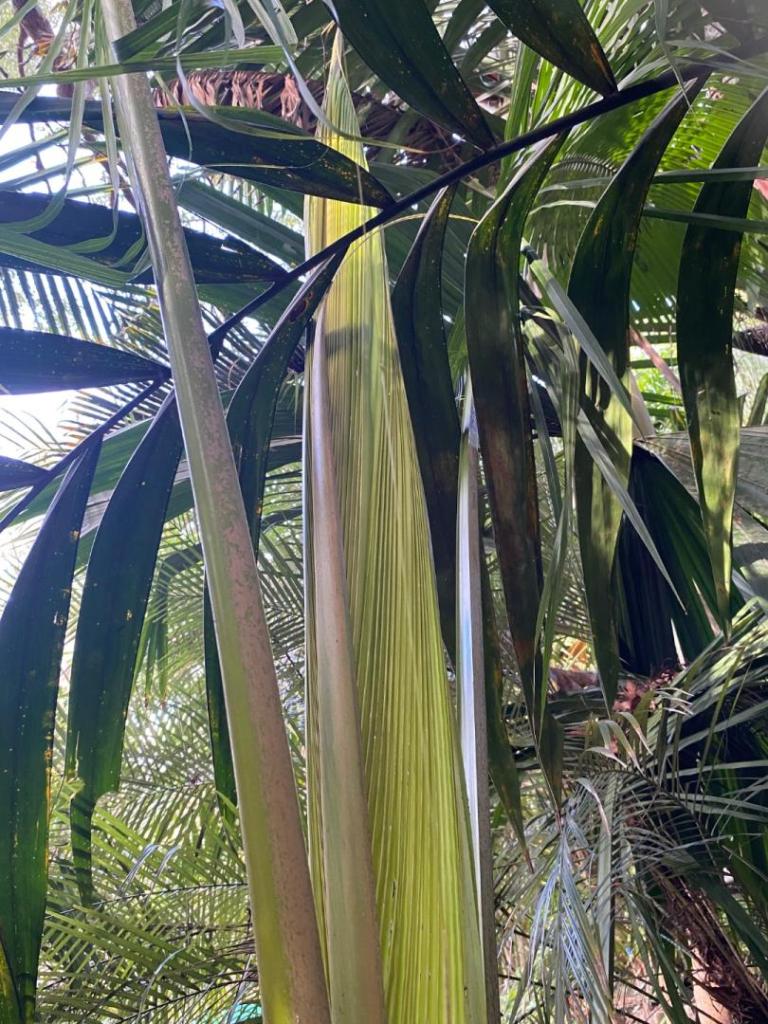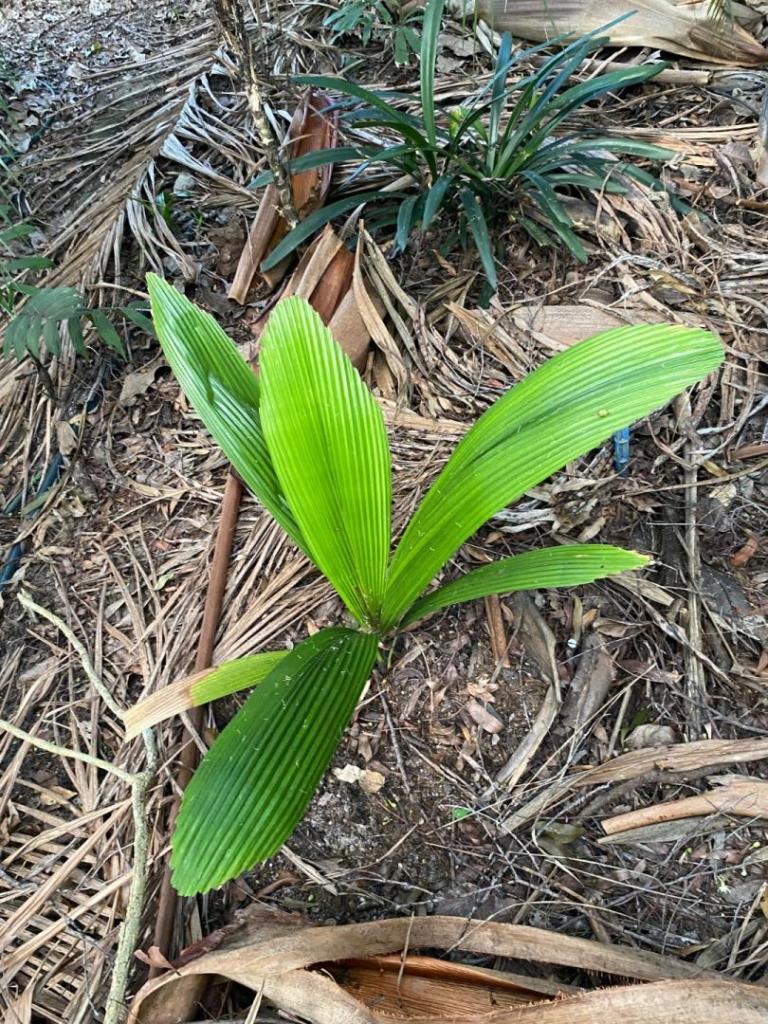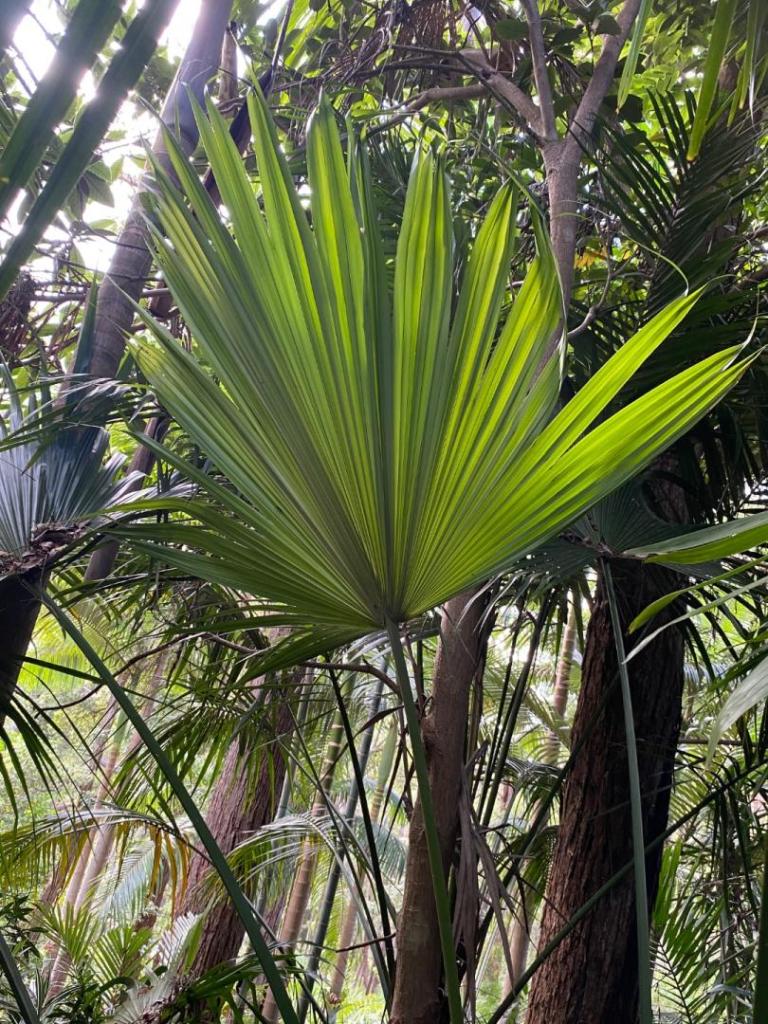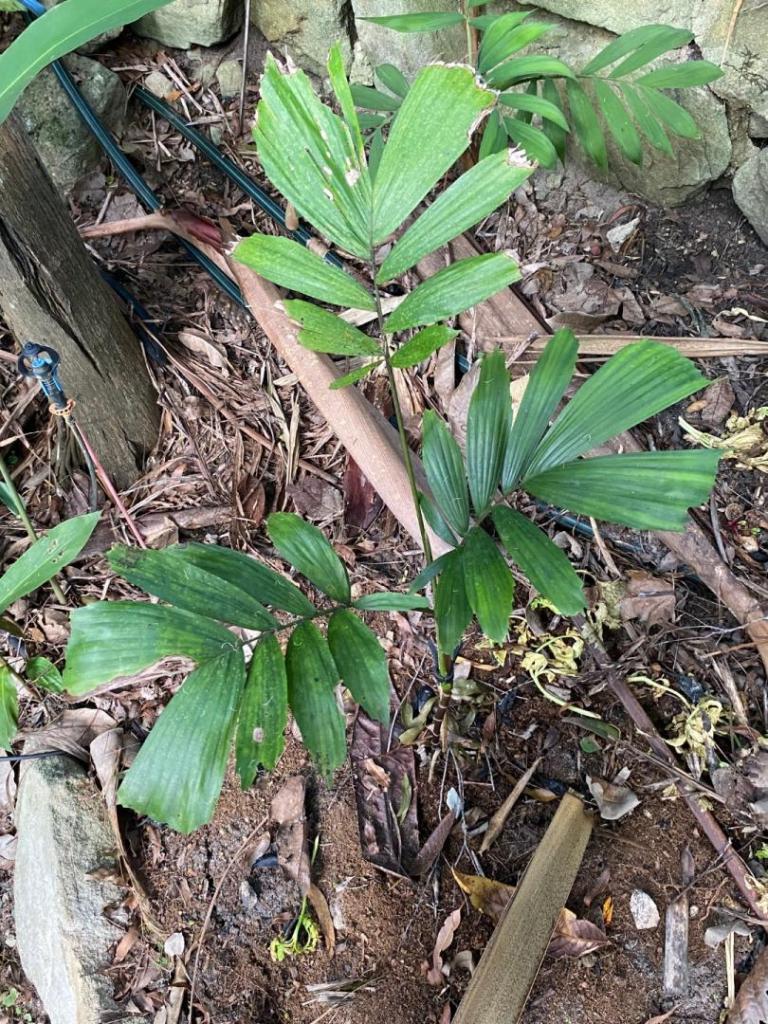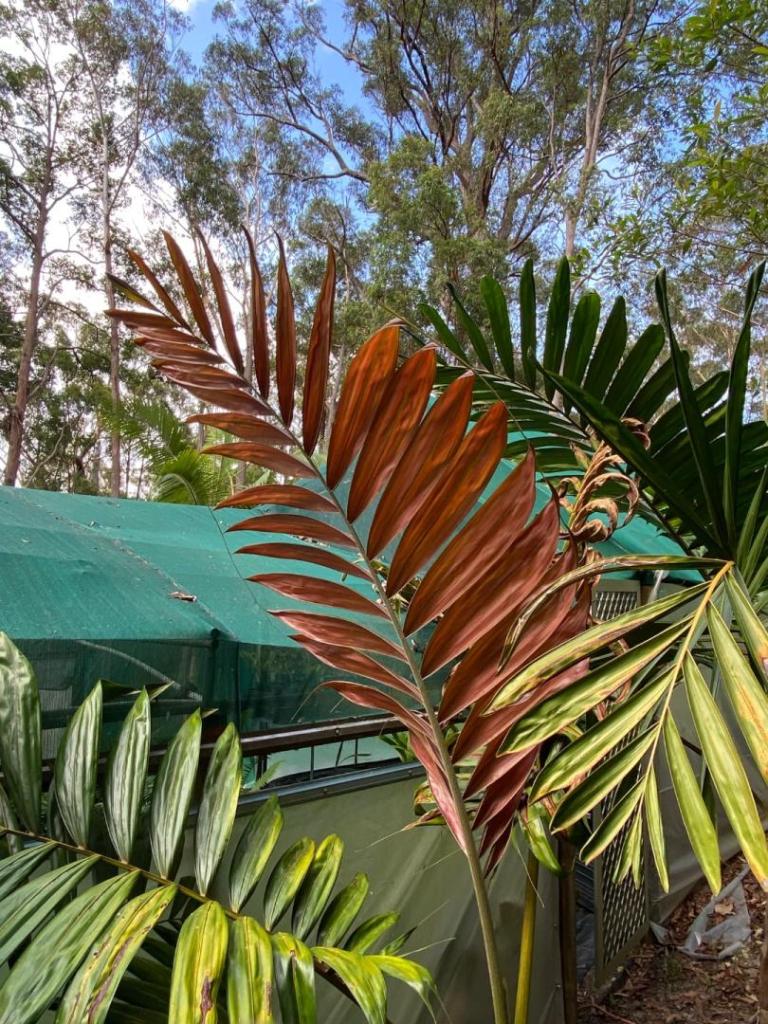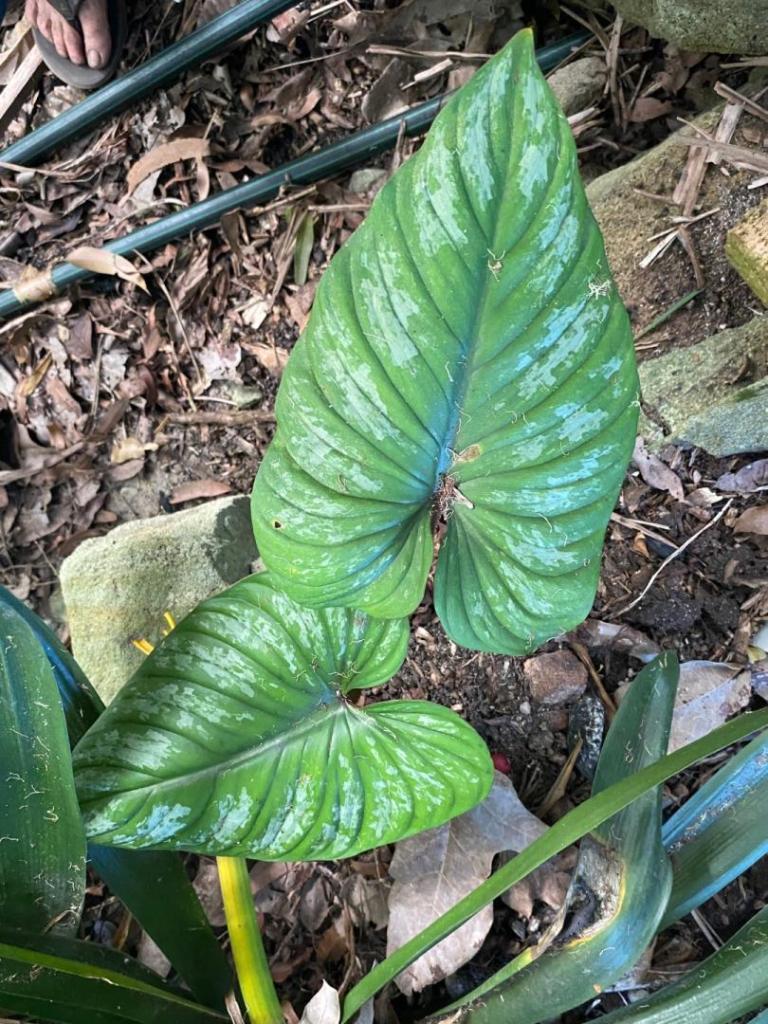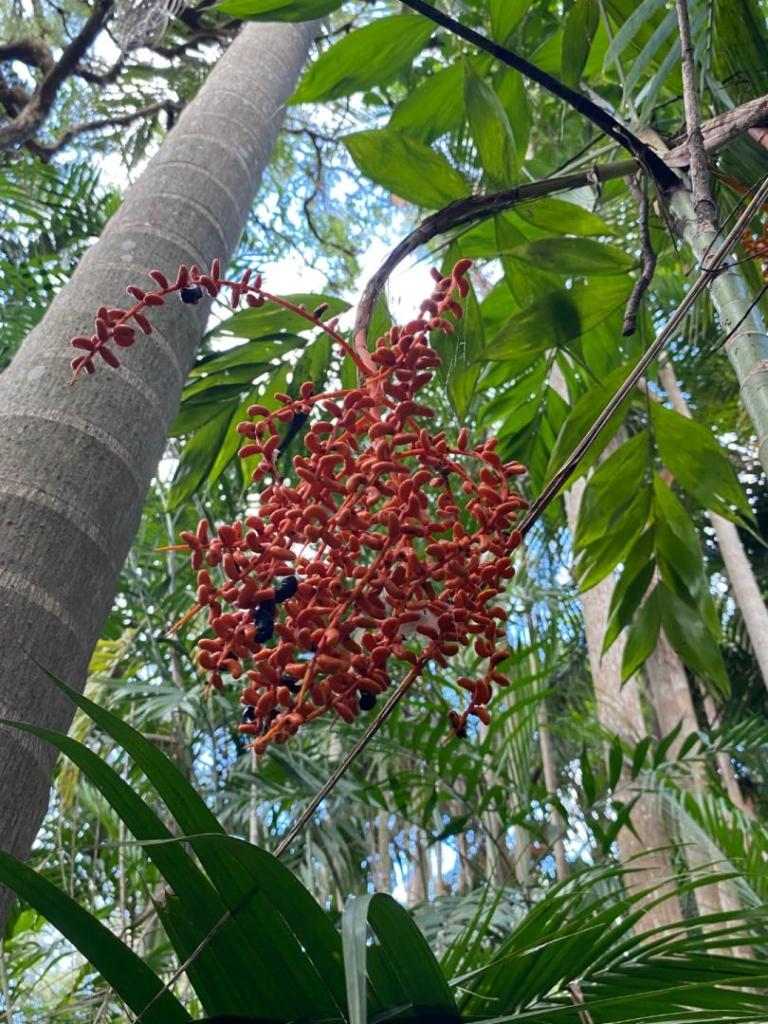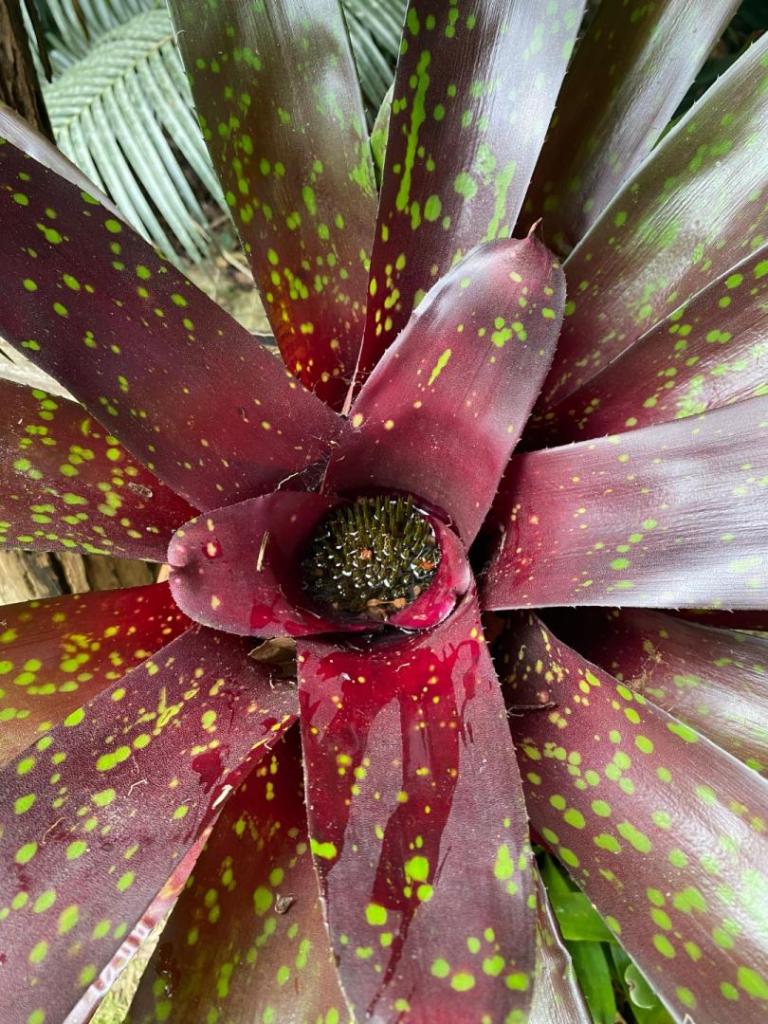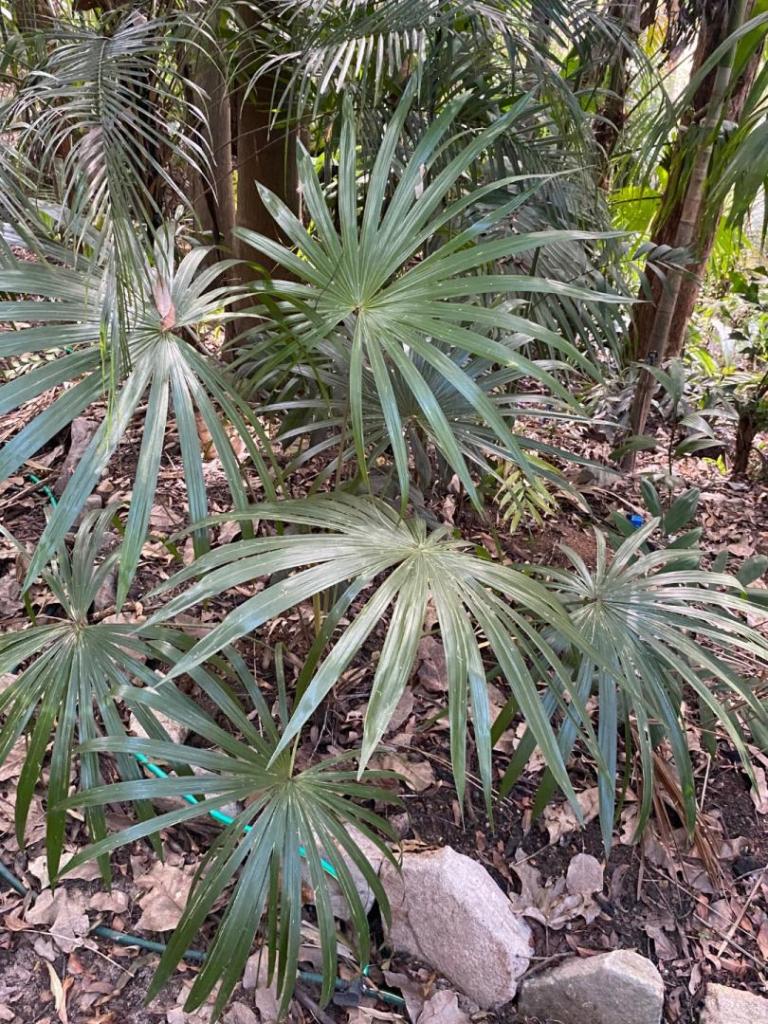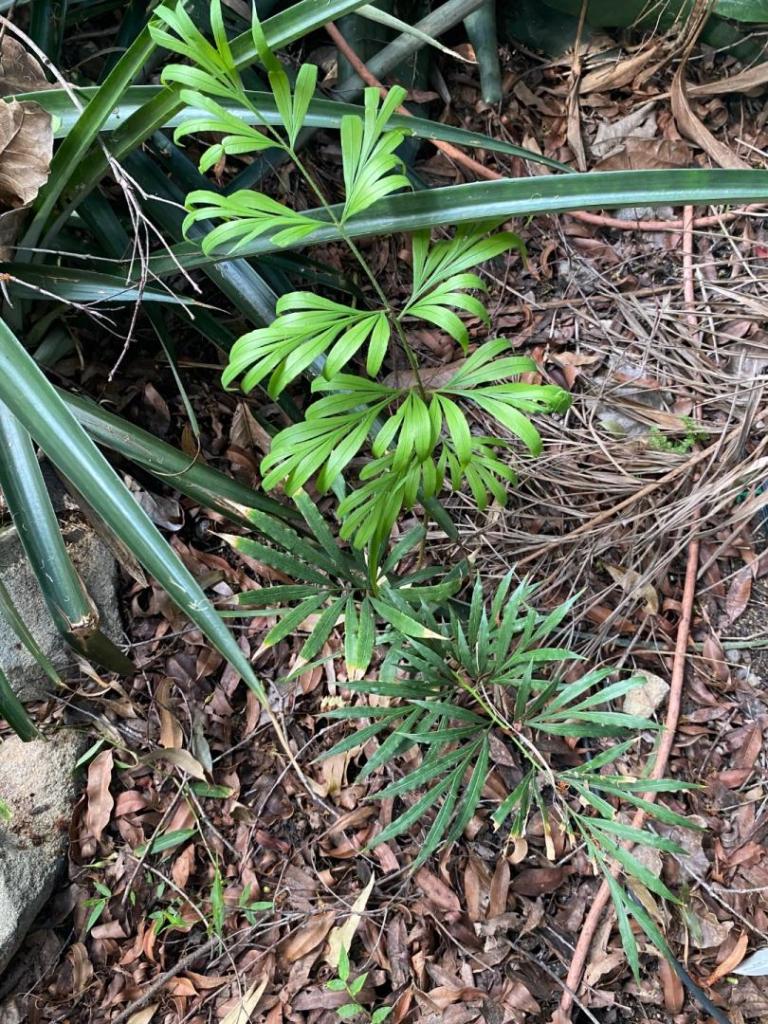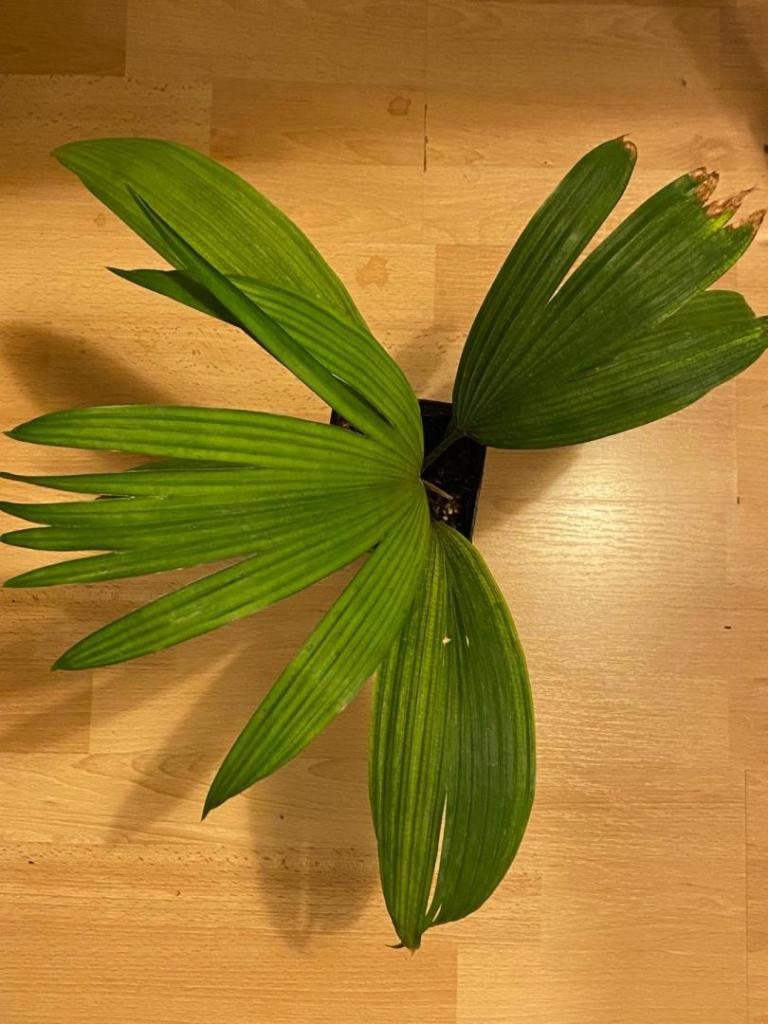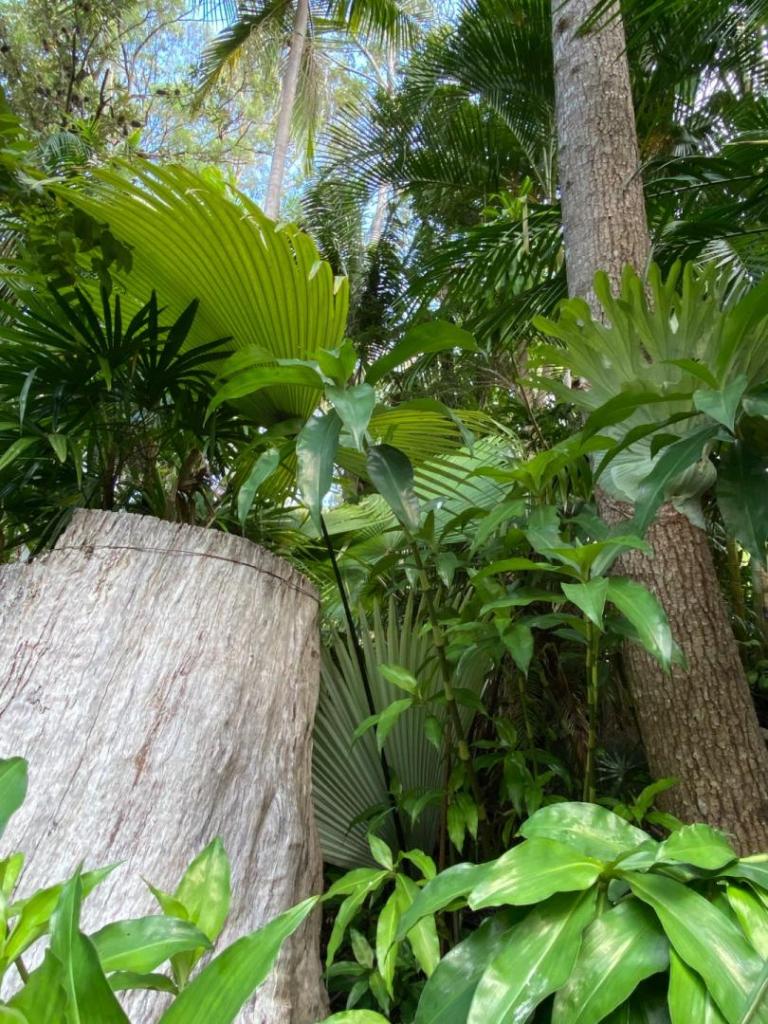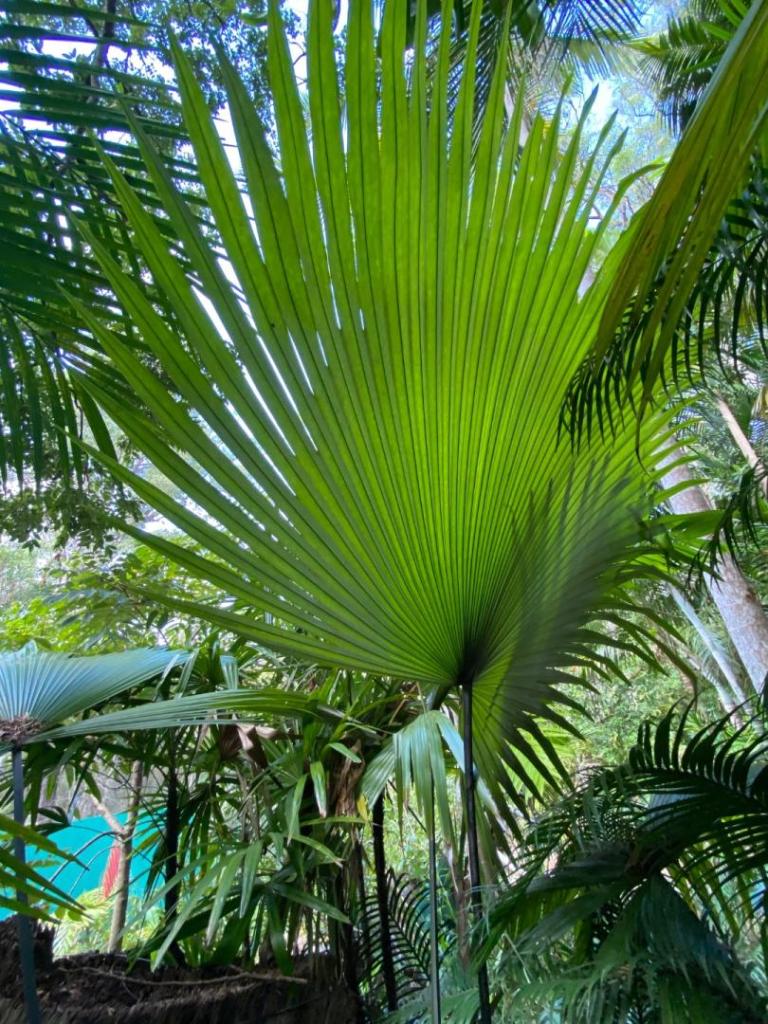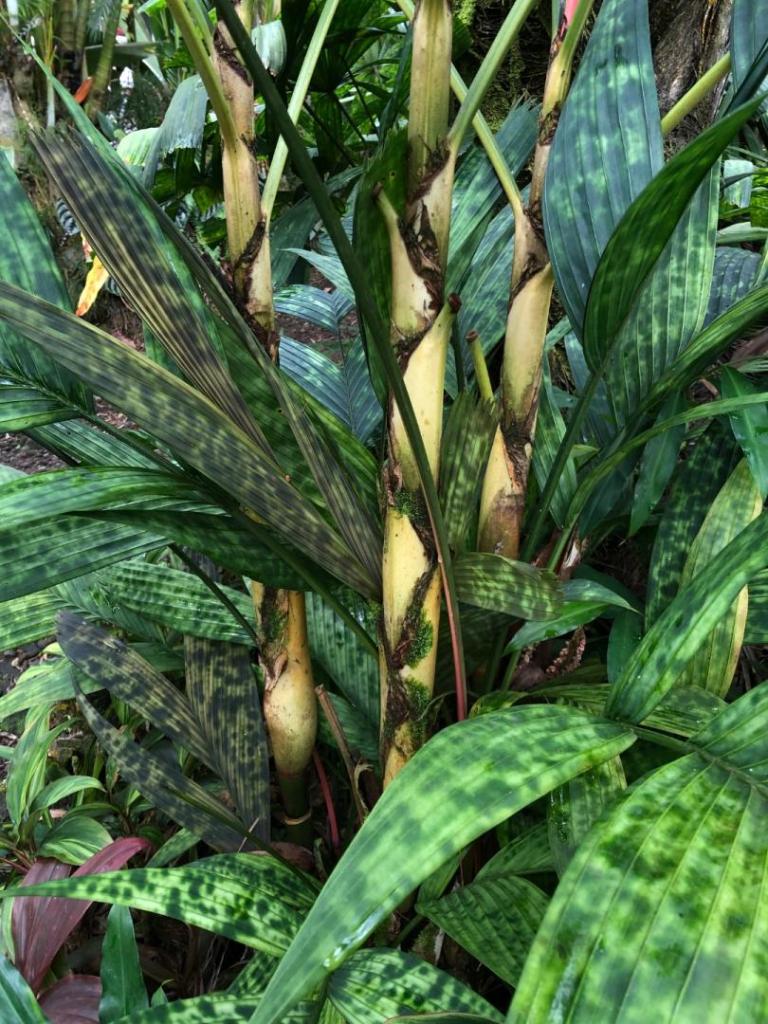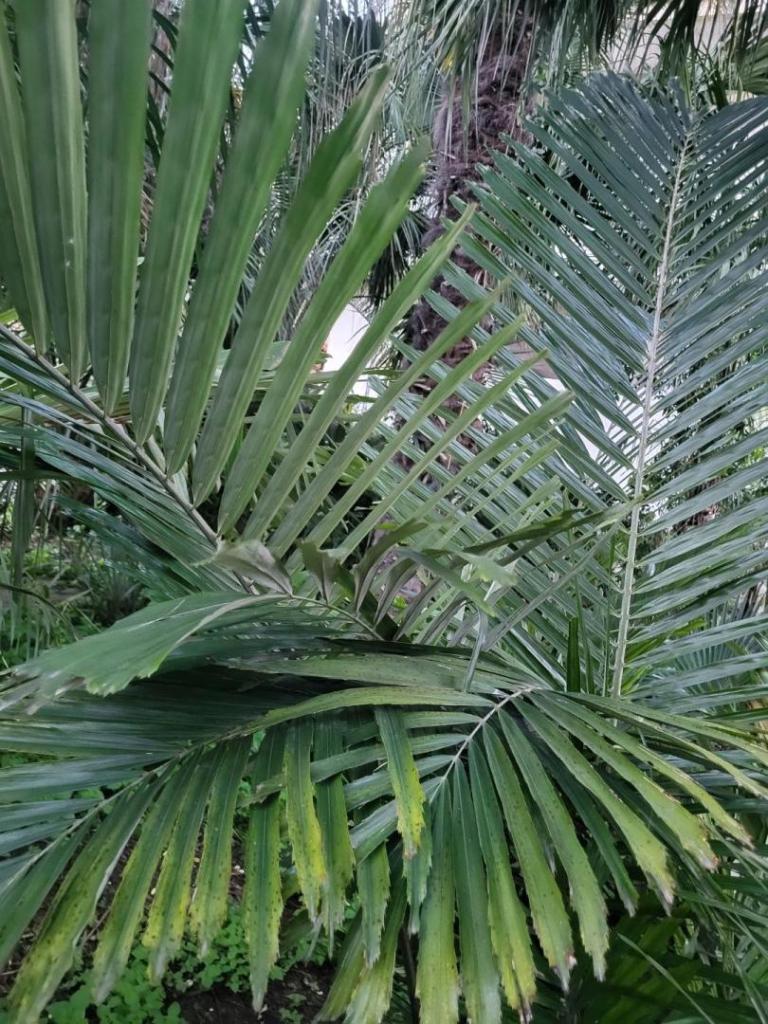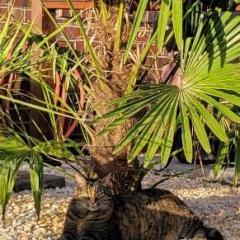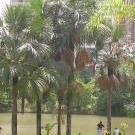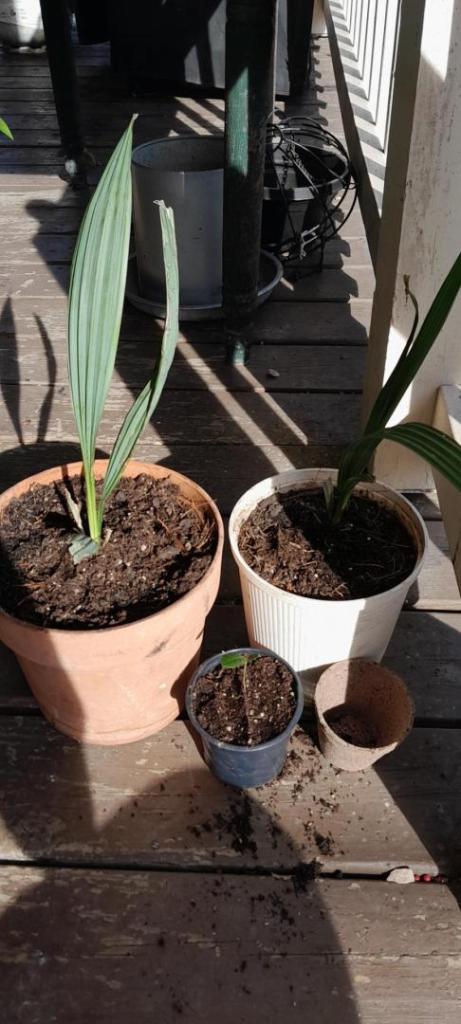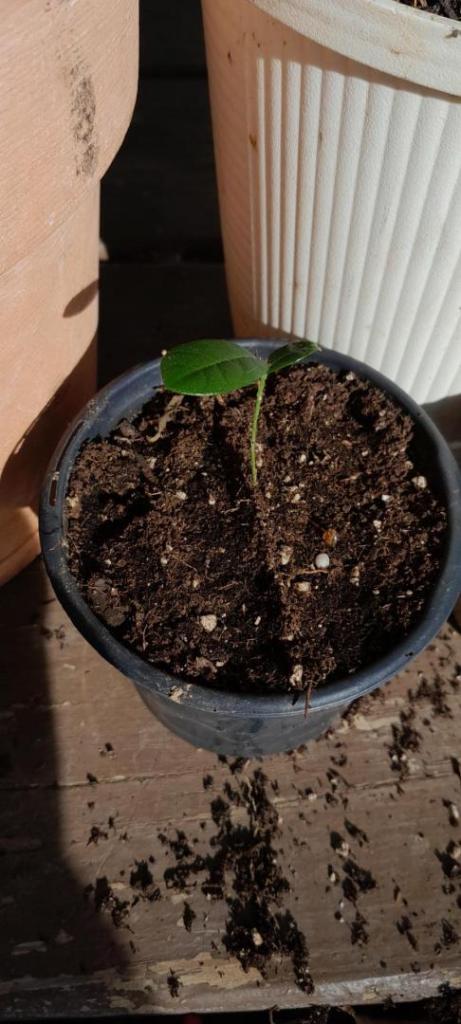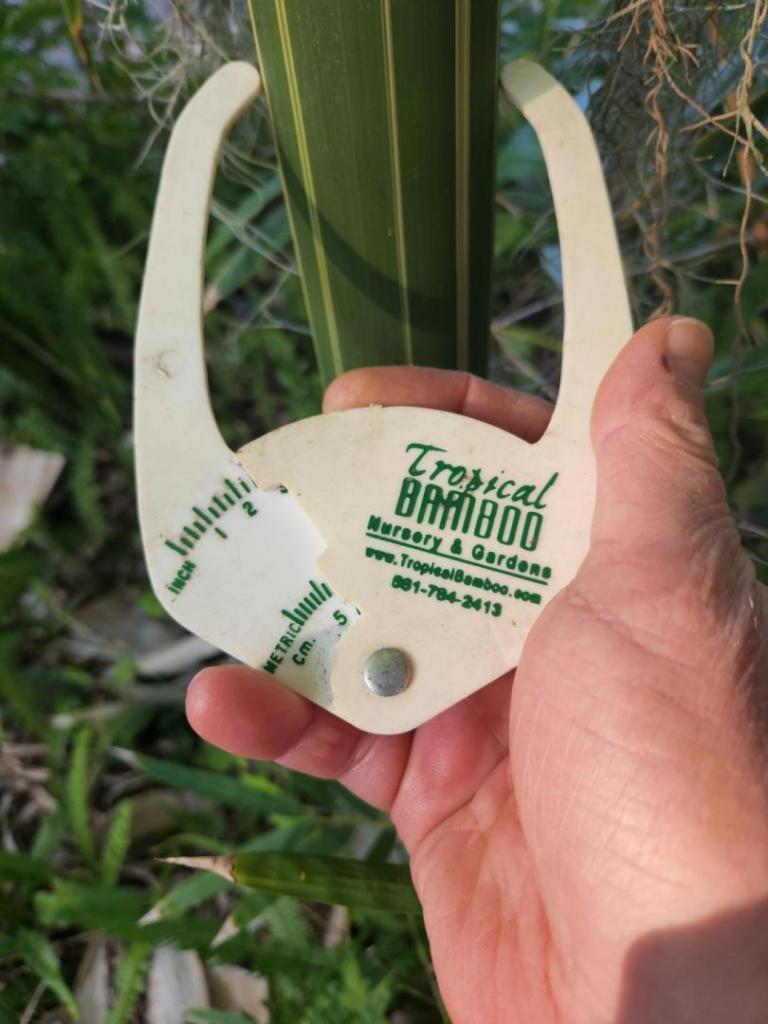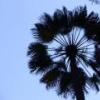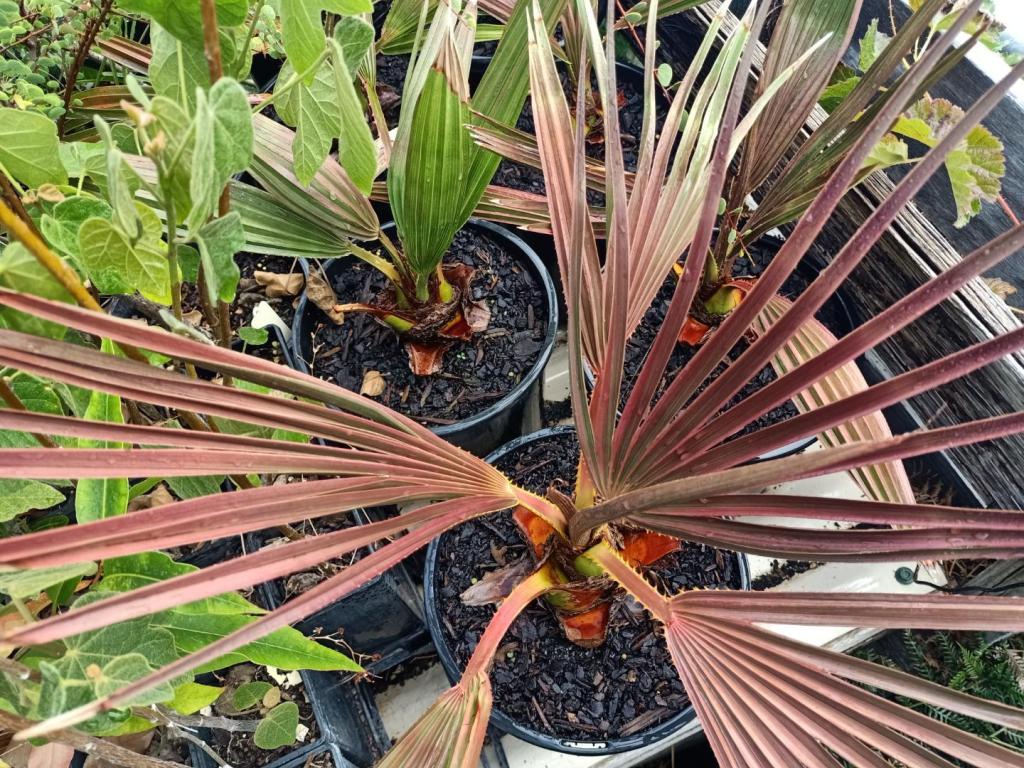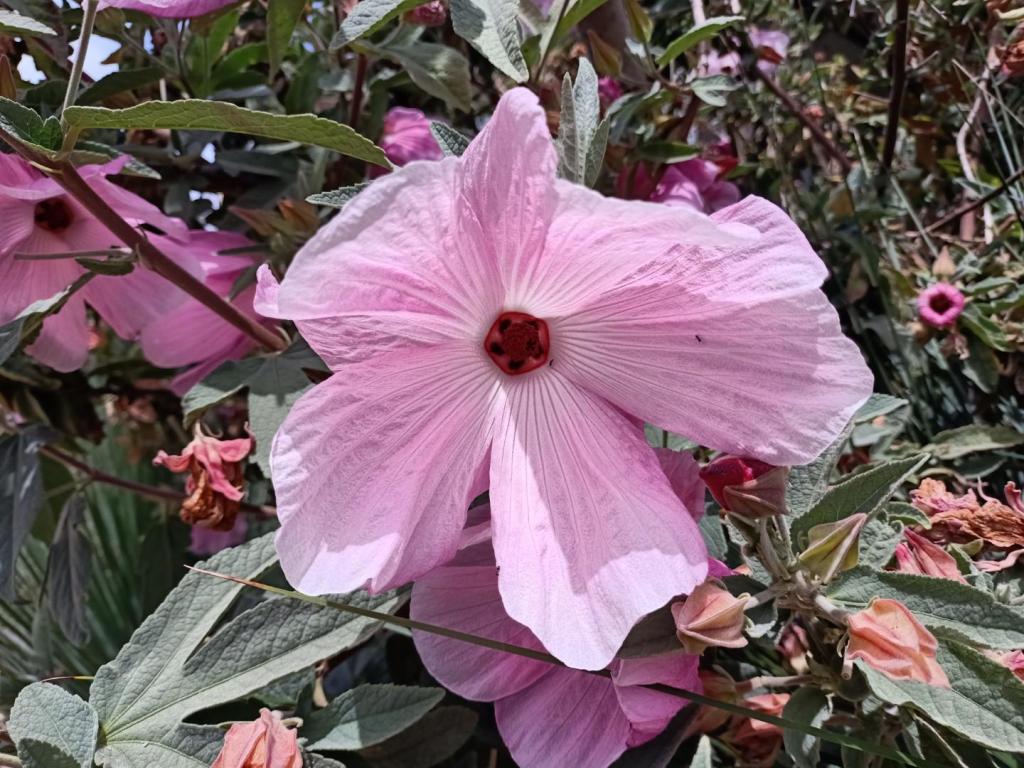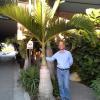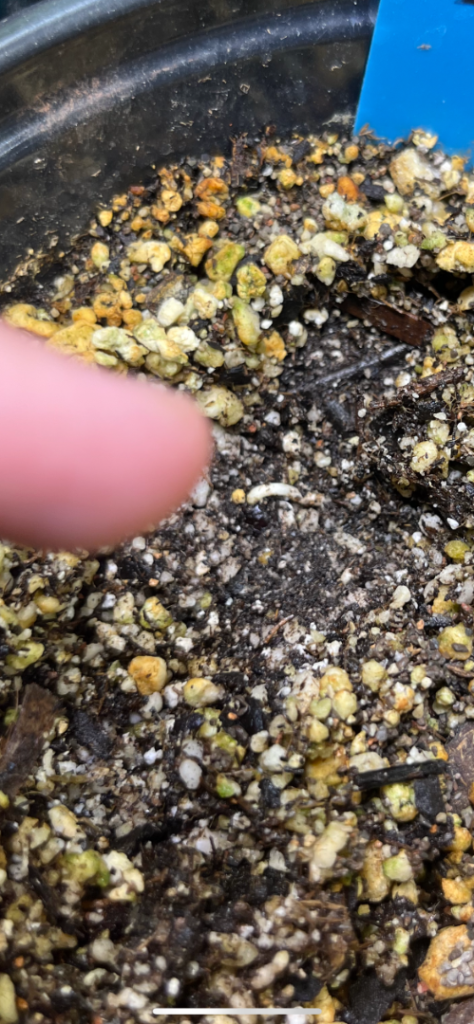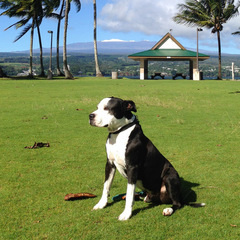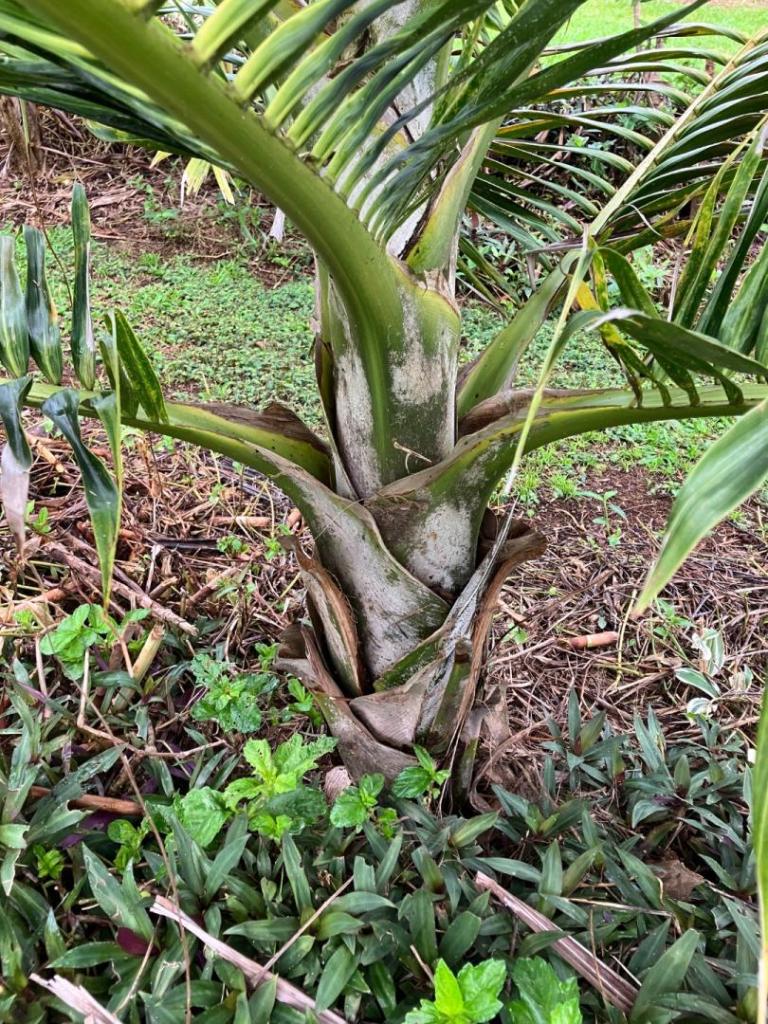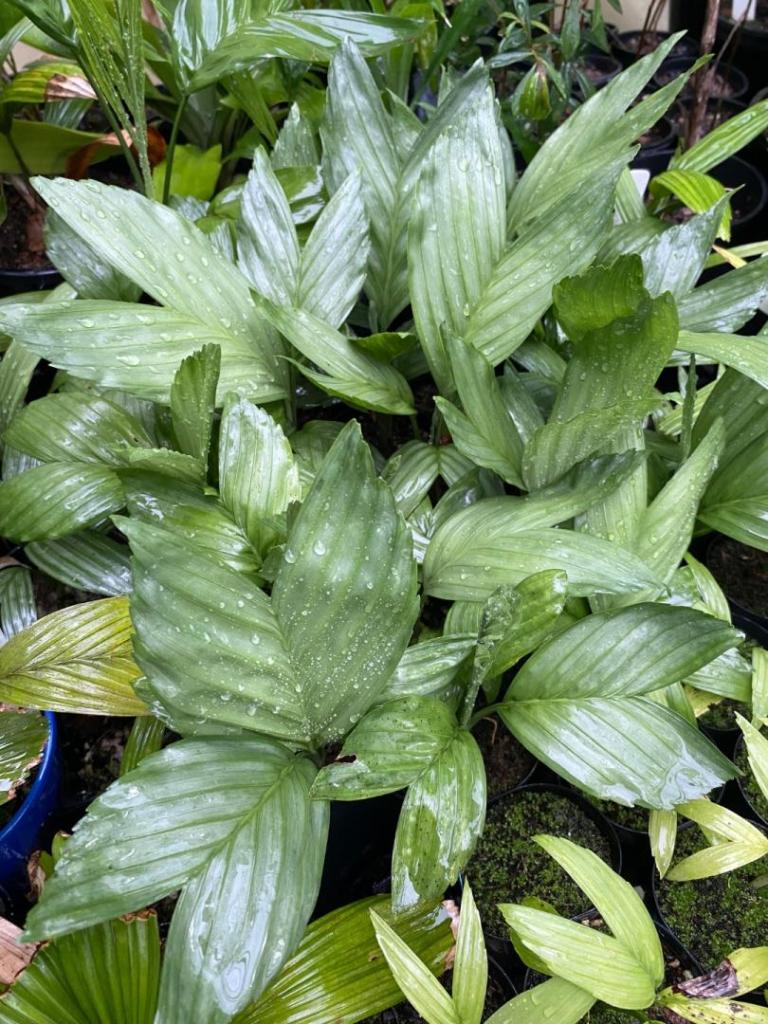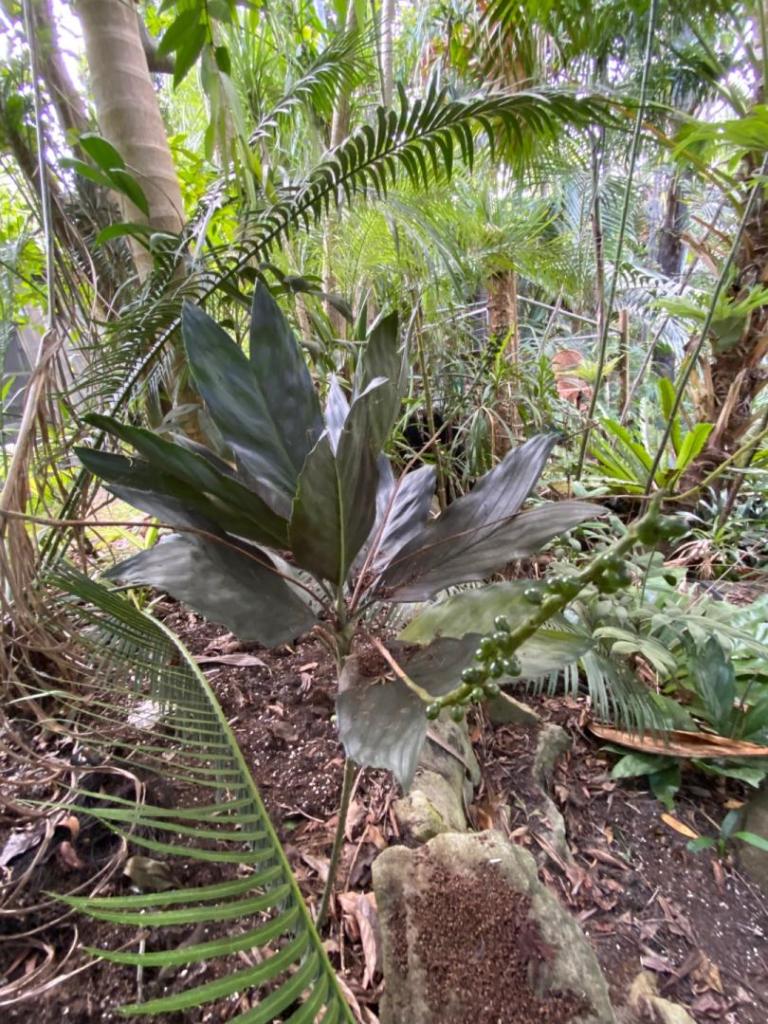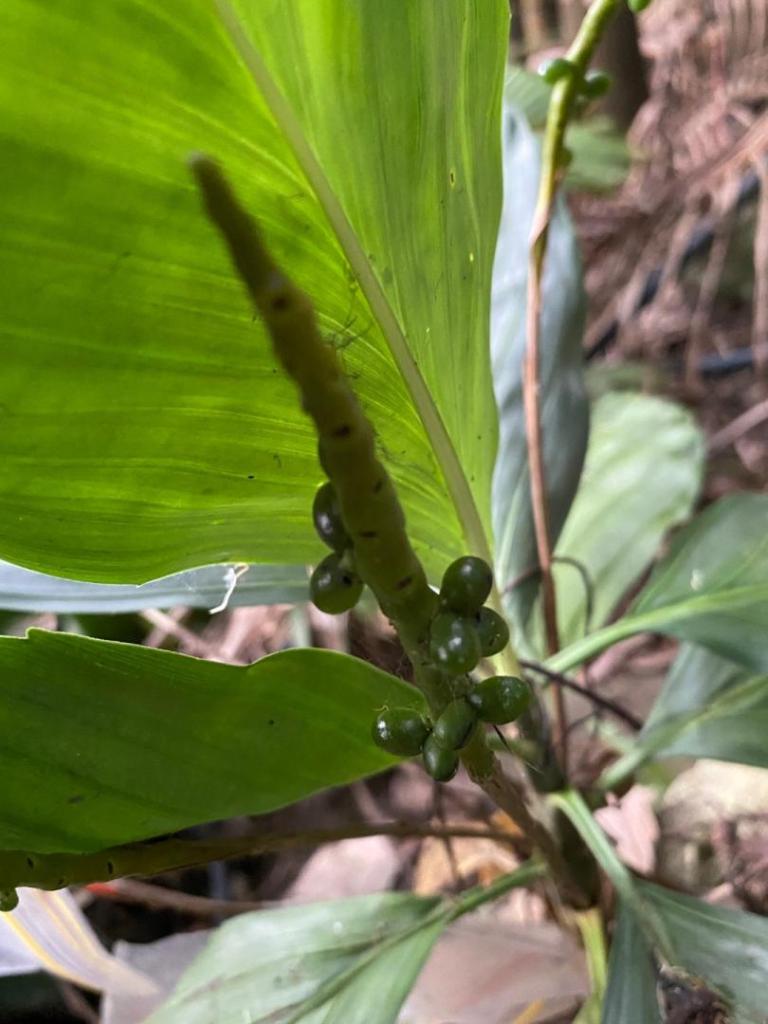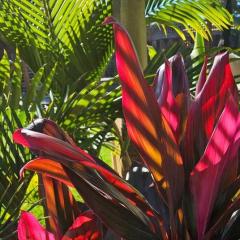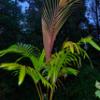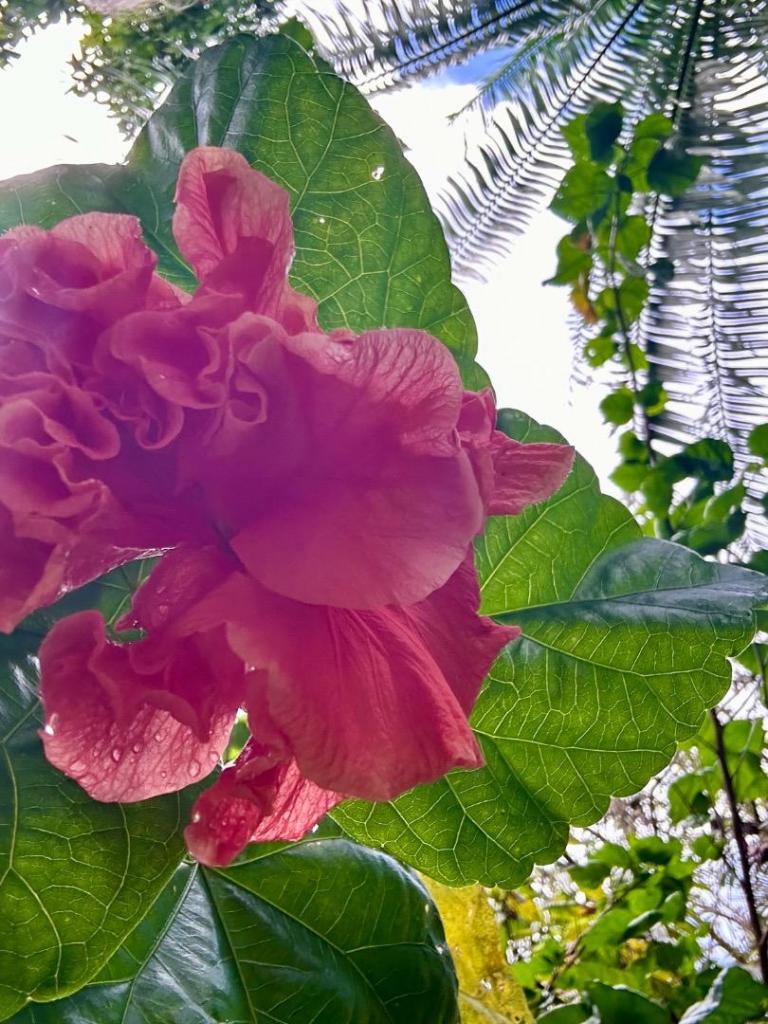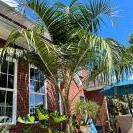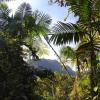Leaderboard
Popular Content
Showing content with the highest reputation on 01/30/2025 in all areas
-
5 points
-
4 points
-
Have some fresh palm seeds for sale: Archontophoenix maxima $18/100 Burretiokentia koghiensis $25/100 Chamaedorea tepejilote $15/100 Chambeyronia (Kentiopsis) oliviformis $25/100 Chambeyronia macrocarpa $12/20 Chambeyronia macrocarpa "watermelon" $1ea Rhopalostylis baueri v. "cheesemanii" $20/100 Rhopalostylis sapida v. "oceana" or "Chatham Island" $20/100 Flat rate priority shipping $8 I'll have more types available soon.... Thanks -Joe (760)300-73393 points
-
3 points
-
3 points
-
I have a few kerriodoxa floating around the garden in various locations. My one time absolutely favourite palm. I also have around another 600 in pots doing well in the hothouse. Some n deep forest tubes and others in 140 mm containers. What’s not to love about them there spectacular palms. Some what cool tolerant as well taking temperatures as low as 2 degrees Celsius in my garden and quite tough I have planted seedlings and they are doing fine. But a palm that will drink whatever water you give it provided there is good drainage.3 points
-
3 points
-
3 points
-
After a very lengthy application process, the volunteer team caring for the Botanical Gardens at the University of Hawaii Hilo recently received accreditation from BGCI Botanic Gardens International. This required cataloging the hundreds of species of palms, cycads, and bromeliads with currently accepted names, creating a searchable digital database and detailed map of the gardens, and setting up collaborative research projects with other institutions around the world. The garden was created by UHH professor Don Hemmes decades ago. Many volunteers have helped nurture the gardens over the years. The current crew includes Deb Beaty, JR Miles (HIPS president), Bill Nelson, Ken Beilstein (cycad specialist), and Rob Talbert, the computer guy who took the lead preparing the application and setting up the digital database. The garden is located along a stream that runs through campus. Although today it is not prime real estate for building more parking lots or structures, the unofficial, volunteer nature of the gardens left them vulnerable to the whims of future university administrators. The goal of gaining the BGCI accreditation is to communicate to the university and wider public the value of the collection and hopefully protect it in perpetuity. Plus, it gives me a good excuse to post some current photos of a few of the star residents. This photo was taken from roughly the same spot as the one at the beginning of this thread, 3.5 years ago. This Tahina is definitely in high gear. It might not be the largest one on the island, but it is right up there with the best. Immediately to the left of the guy posing for scale is a poor Lemurophoenix halleuxii about to be swallowed by the Tahina. Lots of hobbyists in Hawaii planted Tahina in their residential gardens 15 years ago when they first became available. Not everyone left enough room around to accommodate the massive size of these palms. Tahina have this odd habit of crawling sideways the first several years until they sink down a mature root system and take off growing vertically. You can see where the palm began off to the left and slid about three feet to the right before making a trunk. And of course, every East Hawaii Island palm garden has to have at least one Marojejya. This garden is a must see for any palm grower visiting the Big Island. It's easy to find in the middle of Hilo, and it's free!3 points
-
3 points
-
3 points
-
I've planted in January and February for the past two winters for the thrill and fomo (haven't failed yet). One queen palm was planted early February 2023 and two more in late January 2024. Gotta squeeze out every drop of the growing season, every day counts!!! 🌴🤪 Dallas I'd probably wait until at least the second week of March3 points
-
Started a couple days ago. Some cool and weird shit going in the ground at my house in the next week or two. Plus a coma tree for the birds.3 points
-
3 points
-
3 points
-
3 points
-
2 points
-
2 points
-
2 points
-
2 points
-
For such a beautiful tropical looking palm they do take the cold well. I don’t think a frost would be there friend, they grow as far south as Sydney that I know of. A temperature as low as 0 degrees Celsius they would take my ones get 2 degrees Celsius possibly lower.2 points
-
the seeds are fertile I found about 50 seedlings sprouted by themselves around the plant2 points
-
I actually had a strap-leaf seedling survive 9°F (-13°C) in San Antonio with just being covered with mulch. I planted another seedling here and it was unfazed with 27°F (-3°C).2 points
-
2 points
-
Apart from volcano forms, that is. In first line I had in mind a solitary specimen, totally unarmed. Suckers can be removed. I have one such specimen, which produced only one offshoot in very young age, this offshoot was removed and it has remained since then strictly solitary. On the other hand another supper fast specimen was actually the only sucker of a dead main stem, and itself sucker's like crazy, I butcher with reciprocal saw all offshoots during spring and by next spring ground is again full of offshoots, maybe even more than the time before last trim. Both specimens are roughly same age. Ya never know with this sp!2 points
-
We just had 3 inches of snow in Houston last week. Temps got down to 17. We had center fronds wrapped ( these are giant palms). Is there anything to out in soil to make sure they survive? Prior to freezing, i did water the palms and gave them moon juice. Worried about my trees. thank you2 points
-
I planted it under two large oak trees as I wasn't sure what the true minimum temperature this would take, so figured it'd have some frost protection. Anyways, love the coloring still, and last year's culms are about 2 1/4". I ant on cutting two of the older culms out and trying my hand at propagating it.2 points
-
You could do a preventative treatment of copper fungicide in the crown. Sometime in March if we continue to have warm weather a palm fertilizer well help them grow out of their funk if they're in one. That's about it I'd say. One other thing if the fronds start to brown off, don't cut them unless they are 100% dead including the petioles. If the palms are damaged they will rely on the nutrients in those damaged and older leaves to help them recover.2 points
-
Yes, it did the worst, I hope it isn't dead. It was the smallest queen by a long shot, Still strap leaf, but about 4 feet tall, maybe more. I have another one in the garage that I held off on planting just for this type of scenario. And for the record I planted my first two palms on Feb 14 last year.2 points
-
2 points
-
The temperature bottomed off at 35F during the cold snap, with ~64 consecutive hours below 50F. Hopefully that ends up being the minimum for the winter, but we have a few months to go until actual spring. A comparison of the currently available records - subject to amendment by NOAA and/or Wunderground later: That temperature shouldn't bother much in a Central Florida garden on the I-4 Corridor. As such, this post will just be observations on a few cold-tender species. Coconuts: These have some burned leaflets and frost-spotting to various degrees throughout the yard. Most of the damage is on the lower fronds. No photos at this time. They take a while to show their true condition after long-cold. Pritchardia thurstonii: This palm was bought with the understanding that it was probably an annual since it goes below 35F with regularity here. Thus far, it handled everything really well. Areca catechu 'Dwarf': These handled the length of cold really well. Pritchardia (martii?): A little beat up on the lower fronds and outer edges, but it wasn't in the best of health before. Latania lontaroides: No damage. Performed as expected. There could be more reports or an updated report later. These were the most cold-sensitive species to observe in the area, and most stuff here in town is either bulletproof to 20F or suited for the 9b/10a transition zone winters.2 points
-
2 points
-
Honestly not bad for a 26f freeze! My Leptocheilos looks about the same from 33f with a very light frost. Glad to see Baronii has some toughness2 points
-
Xenon Posted 3 hours ago Winter is over in Houston and south Texas guys, I'm calling it now. Its time Famous last words b4 disaster? At the very least tempting a jinx!2 points
-
2 points
-
Winter is over in Houston and south Texas guys, I'm calling it now. Its time to get those plants in the ground !!! Looks to be a long streak of 80 degree days and nights in the 60s next week. That'll definitely wake everything up 😊2 points
-
2 points
-
2 points
-
My chamaedoreas are loving the tropical heat we are getting at the moment. With a few good seeds setting from a successful hand pollination project. There such a beautiful little palm performing well in the deep shade a perfect understory palm. A group planting is the order of the day with a few seedlings I have.2 points
-
2 points
-
2 points
-
2 points
-
1 point
-
I've witnessed Mother Nature's cruelest late frost ironically on April fools up here, tho that was back last century! lmao. A week of super warmth coming will feel good and give my energy bills a break🤞Jan was cold enuf, and a recent record for the Continental U. S. they say for coldness. Feb may erase that as La Nina strengthens. We'll brace for it. P.S. No palm damage seen i laugh when i saw peeps covering stuff with temps "only" in the twenties last week! If a burford holly, much less a Sabal or Trachy cannot take that then to hell with it🤬1 point
-
Newly planted palms are much more likely to spear pull and die due to their slow growth. If you are prepared to protect them plant away or if temps are certain safe for the palm you are planting. Rot is the primary killer1 point
-
Hopefully it is a plumosa so you can start building up your collection again. I get seeds now and then from my ones. I will keep you in mind.1 point
-
1 point
-
I don't know if this is where I can put suggestions, This might be something I personally want but others may want and find this useful too but having an app available on phones to be able to use the forums on mobile, I know you can log into the site on mobile browsers but it's kind of funky and it would be nice to receive notifications directly on my device and access Palm talk from anywhere on the go1 point
-
1 point
-
I'm in Cincinnati, which is a full zone colder than most of the D.C. area. I gave up on growing the hardiest palms in my current location due to not really wanting to expend that amount of energy to protect them during most winters, and switched to just growing palms seasonally outdoors (far more enjoyable for me). I hope the last cold spell wasn't too bad on your palms. It looks like another blast of arctic air is going to be in my neighborhood later this week and maybe on the east coast a day or so later. Hopefully that one isn't too bad either but it is looking like we may experience the lowest high temperature of the season so far, 21*F.1 point


